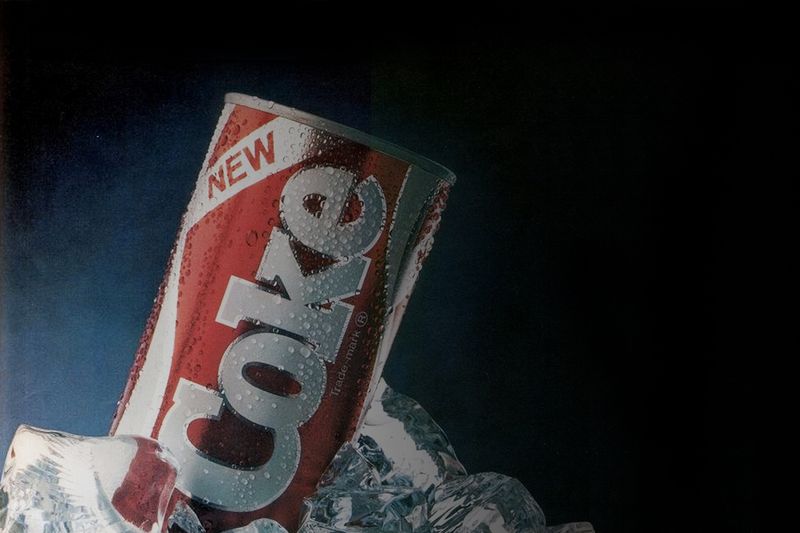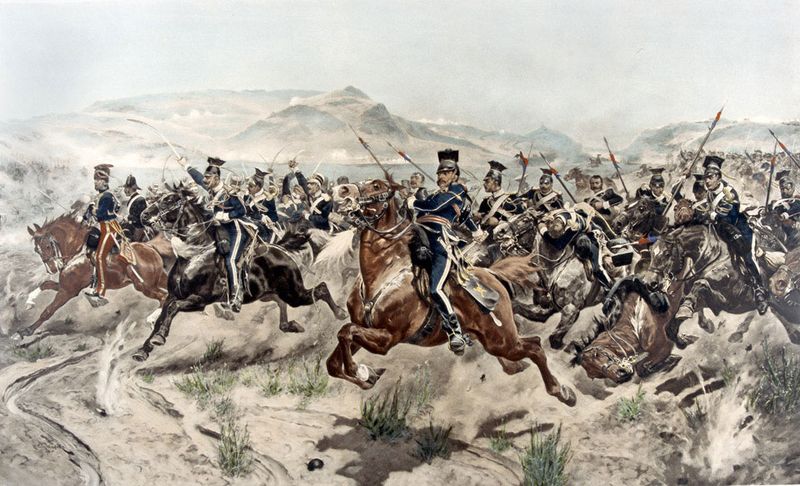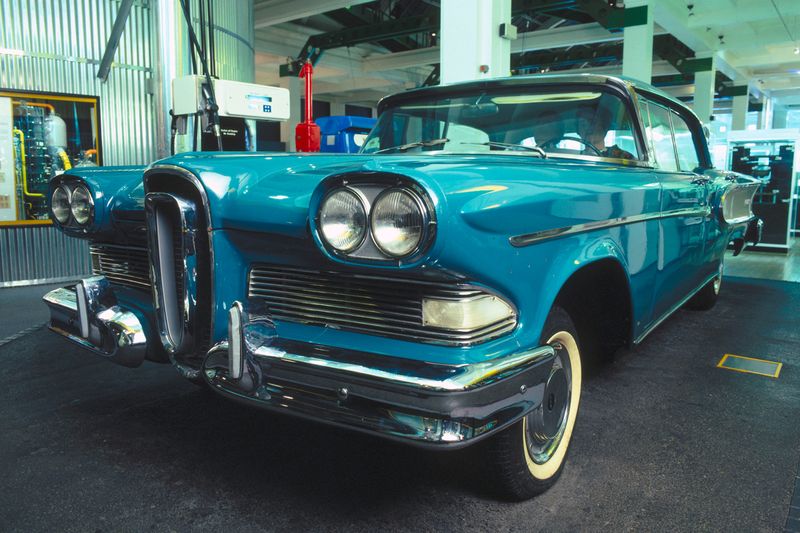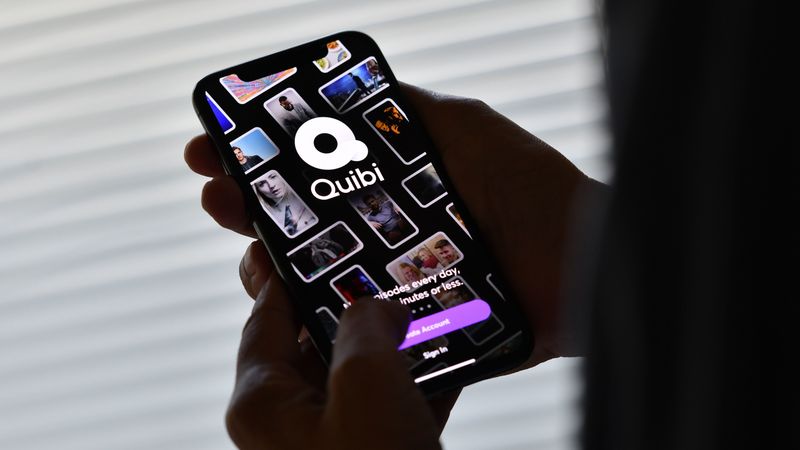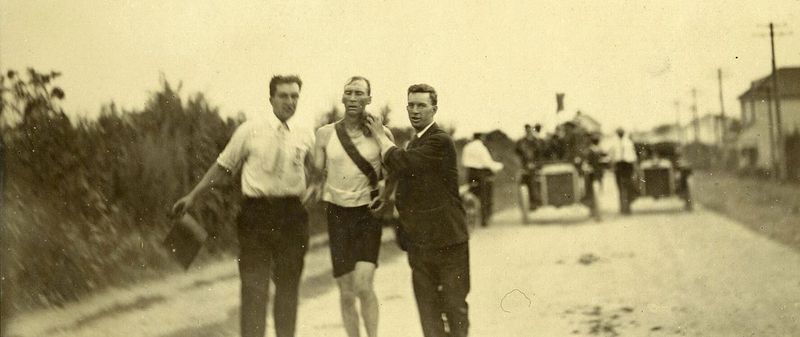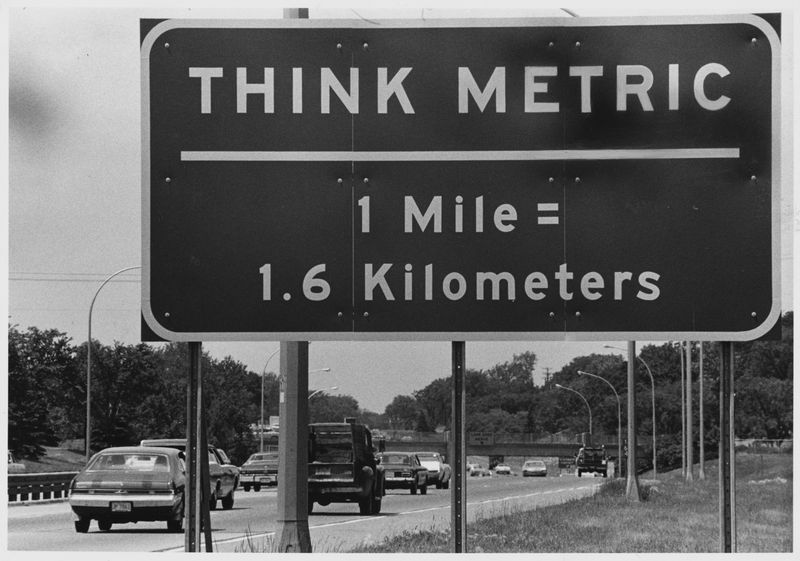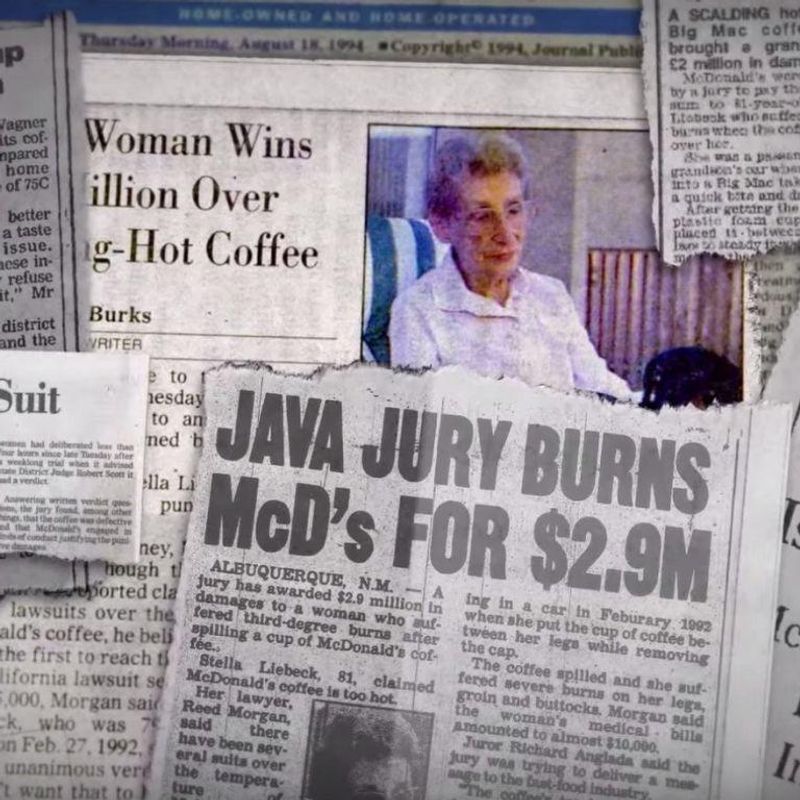Ever wonder how really intelligent people sometimes make catastrophically bad decisions together? History is packed with moments when bright minds joined forces and somehow produced spectacularly terrible outcomes. These group blunders remind us that even the smartest folks can fall victim to groupthink, panic, or just plain bad judgment when surrounded by others making the same mistake.
1. The Maginot Line: France’s Concrete Folly
France poured astronomical resources into building an impenetrable defensive wall against Germany after World War I. Military experts designed an engineering marvel with underground railways, living quarters, and state-of-the-art weaponry.
The fatal flaw? They left the Belgian border largely unprotected, assuming the Ardennes forest was impassable for modern armies. In 1940, German forces simply went around this expensive obstacle, rendering the massive project useless.
The Maginot Line stands as a perfect symbol of fighting the previous war rather than preparing for new threats – a concrete monument to outdated thinking.
2. Australia’s Humiliating Emu War
Following World War I, Australian veterans settled as farmers in Western Australia, only to face an unexpected enemy: emus. Thousands of the flightless birds devastated crops, prompting desperate farmers to call in military assistance.
The government deployed soldiers with Lewis machine guns in 1932 to handle these feathered invaders. The operation became a farce as the birds scattered into small groups, making them impossible to target effectively.
After expending considerable ammunition and killing relatively few birds, the military withdrew in defeat. Newspapers mockingly reported that the emus had “won” through superior mobility and tactical dispersal.
3. New Coke: The Flavor Fiasco
Coca-Cola executives faced declining market share in 1985 and made what seemed like a data-driven decision: replace their century-old formula with a sweeter version that won blind taste tests. Market research suggested this “New Coke” would be a hit.
They completely underestimated the emotional connection people had with the original flavor. Outraged customers hoarded original Coke, formed protest groups, and flooded the company with angry calls.
Within just 79 days, the company retreated and reintroduced the original formula as “Coca-Cola Classic.” The episode remains a classic business school case study in overlooking emotional brand attachment.
4. The South Sea Bubble: Investing in Hot Air
In early 18th century Britain, the South Sea Company received monopoly rights to trade with South America. One small problem: Spain controlled those territories and allowed minimal actual trading.
Nevertheless, company directors spread wild rumors about potential profits. Stock prices rocketed from £100 to nearly £1,000 in months as everyone from servants to royalty scrambled to invest.
When the bubble burst in 1720, thousands were financially ruined. Parliament members who had promoted the scheme faced disgrace. The catastrophe became one of history’s first documented stock market crashes, all based on virtually non-existent business operations.
5. The Dancing Plague: Strasbourg’s Mysterious Boogie
In July 1518, a woman named Frau Troffea stepped into a street in Strasbourg and began dancing uncontrollably. Within days, dozens joined her bizarre dance marathon. Within a month, hundreds were dancing day and night.
Medical authorities, baffled by this phenomenon, actually prescribed more dancing as treatment, setting up guildhalls and hiring musicians. Many dancers collapsed from exhaustion, heart attacks, or strokes – some even died.
Modern theories suggest ergot fungus poisoning or mass psychogenic illness triggered by extreme stress from famine and disease. Whatever the cause, it remains one of history’s most bewildering instances of collective behavior.
6. Tulip Mania: Flower Power Gone Mad
The Dutch Golden Age witnessed something extraordinary – ordinary tulip bulbs selling for more than luxury houses. In the 1630s, newly introduced tulips became status symbols, with rare varieties fetching astronomical prices.
Speculation reached fever pitch as people mortgaged homes and liquidated savings to buy bulbs they never intended to plant. Some bulbs changed hands ten times daily, purely for profit.
When the market inevitably collapsed in February 1637, countless Dutch citizens faced financial ruin. This first recorded speculative bubble demonstrates how easily rational people can abandon common sense when caught in investment frenzies – paying fortune-level prices for common flowers.
7. The Charge of the Light Brigade: Miscommunication Carnage
During the 1854 Battle of Balaclava in the Crimean War, a British light cavalry unit received vague orders to capture Russian guns. The problem? No one clarified which guns, and the only visible ones were well-defended by the entire Russian army.
Due to rigid military hierarchy and unclear communication, 670 horsemen charged directly into a valley flanked by Russian artillery on three sides. They were slaughtered, with over 40% casualties in minutes.
Lord Tennyson immortalized their bravery in his famous poem, but the incident represents a stunning failure of military leadership. No commander questioned or clarified the suicidal orders before sending men to certain death.
8. The Ford Edsel: Detroit’s $350 Million Mistake
Ford Motor Company spent unprecedented amounts developing what they believed would be the car of the future in the late 1950s. Market research, focus groups, and design teams worked for years on this revolutionary vehicle.
The result? A car with a front grille frequently compared to a toilet seat, an odd name that tested poorly with consumers, and launch timing that coincided perfectly with an economic recession.
Production lasted just over two years, losing Ford the equivalent of $2.5 billion in today’s dollars. The Edsel became synonymous with corporate failure, proving that even extensive research can’t save a product that fundamentally misreads consumer desires.
9. Greek Fire: The Lost Superweapon
For centuries, Byzantine naval forces dominated the Mediterranean thanks to a terrifying secret weapon. Greek Fire could burn on water and supposedly ignite on contact with it, creating an unstoppable inferno that destroyed enemy ships.
The formula was so closely guarded that only a handful of imperial officials knew its composition. This secrecy worked brilliantly – until it worked too well.
Eventually, even the Byzantines themselves forgot how to make it. This devastating weapon that had protected their empire for generations vanished from history due to excessive secrecy. Modern scientists still debate its exact composition, showing how thoroughly effective the information lockdown was.
10. The 1896 Charge at the Nek: Gallipoli’s Suicide Mission
During the ill-fated Gallipoli campaign of World War I, Allied commanders ordered Australian and New Zealand troops to charge across a narrow ridge called the Nek. Turkish machine guns completely dominated this narrow strip of land.
Despite the first wave being cut down within seconds, commanders insisted three more waves attack exactly the same way. Each wave met identical, predictable slaughter.
The supporting artillery bombardment had actually stopped seven minutes early, but nobody adjusted the attack plan. In just 45 minutes, 234 men died charging into certain death, creating one of the most tragic examples of military inflexibility and failure to adapt when original plans clearly weren’t working.
11. Sony’s MiniDisc: Perfect Technology, Terrible Timing
Sony engineers created something remarkable in 1992: a small, durable disc that could record high-quality digital audio in a pocket-sized format. The MiniDisc seemed positioned to replace both cassettes and bulky portable CD players.
Sony invested billions in manufacturing, marketing, and establishing the ecosystem. Unfortunately, they launched just as CDs reached peak affordability and MP3 players emerged on the horizon.
Consumers balked at buying yet another music format with expensive media. Despite superior technology and Sony’s market clout, MiniDisc became a niche product. By the early 2000s, iPods and digital downloads rendered the format obsolete – a victim of being stuck between two technological eras.
12. The Great Boston Molasses Flood: Sweet, Sticky Death
On an unusually warm January day in 1921, a massive storage tank in Boston’s North End industrial district suddenly collapsed. The tank contained 2.3 million gallons of molasses, which surged through streets in a 15-foot-high wave moving at 35 mph.
This sticky tsunami crushed buildings, tore apart the steel supports of an elevated railway, and drowned or suffocated 21 people. Rescue efforts were hampered as victims became increasingly stuck in the thickening substance.
Investigations revealed the tank had been inadequately designed and tested, with numerous leaks ignored by owners. For decades afterward, residents claimed they could smell molasses on hot summer days – a sweet reminder of corporate negligence.
13. Quibi: The $1.75 Billion Streaming Flop
In 2020, entertainment industry heavyweights Jeffrey Katzenberg and Meg Whitman launched Quibi, a streaming platform exclusively offering “quick bites” of premium content under 10 minutes. They raised nearly $2 billion from major studios and investors before launch.
The platform restricted viewing to mobile phones only – no TV casting allowed. It also launched during a pandemic when people were stuck at home wanting longer content on bigger screens.
Despite attracting A-list talent and producing high-quality shows, Quibi shut down after just six months. The company had solved a problem nobody had while ignoring what consumers actually wanted from streaming services: flexibility and shareability.
14. The Dihydrogen Monoxide Panic: Fear of Water
In 1997, a 14-year-old student conducted a science fair project asking people to sign a petition banning the dangerous chemical “dihydrogen monoxide.” He listed alarming facts: it causes death by inhalation, contributes to erosion, and is found in tumor cells.
An astonishing 43 out of 50 people signed to ban this substance. None realized dihydrogen monoxide is simply the chemical name for water (H₂O).
This experiment has been repeated by various groups, consistently demonstrating how scientific illiteracy combined with scary-sounding terminology can create panic. Even local officials have occasionally fallen for the hoax, proposing actual bans before embarrassingly learning the truth.
15. The 1904 Olympic Marathon: A Running Disaster
The marathon at the 1904 St. Louis Olympics stands as perhaps the most chaotic sporting event ever held. Organizers provided just one water station for the entire 24.85-mile course during a scorching summer day with temperatures exceeding 90°F.
One runner was chased a mile off course by aggressive dogs. The first runner to reach the finish line had actually been driven part of the way by his manager. The eventual winner, Thomas Hicks, was given strychnine (rat poison) mixed with brandy as a “performance enhancer” during the race.
Only 14 of 32 starters finished, with several nearly dying from heat exhaustion. Modern marathon safety standards exist largely because of this absurd debacle.
16. Microsoft’s Clippy: The Helper Everyone Hated
In 1996, Microsoft introduced an animated paperclip assistant named Clippy to help users navigate Office software. The character would pop up uninvited with suggestions like “It looks like you’re writing a letter. Would you like help?”
Users found Clippy intrusive, condescending, and frequently unhelpful. The animation would interrupt work flow with obvious suggestions while offering no assistance for complex tasks.
Despite universal user hatred, Microsoft stubbornly kept Clippy as the default assistant for years. When the company finally killed the feature in 2007, they even released videos of Clippy being terminated – acknowledging what users had known all along: good intentions don’t excuse annoying execution.
17. UK’s Metric Conversion Fiasco: Measuring Failure
In the 1970s, the United Kingdom began an ambitious plan to convert from imperial to metric measurements. The government spent millions installing dual-unit road signs showing both miles and kilometers in preparation for the full switch.
Public resistance proved fierce. British citizens viewed their measurement system as part of national identity and rejected the continental metric system.
Politicians eventually abandoned the conversion rather than face voter backlash, leaving the country with an expensive and confusing hybrid system. Decades later, the UK still uses miles for road distances despite using metric for most other measurements – a half-completed standardization that satisfied nobody.
18. The Pet Rock Craze: Buying Literal Stones
In 1975, advertising executive Gary Dahl jokingly complained about pet care problems at a bar. His solution? The perfect low-maintenance pet: a rock in a custom cardboard box with air holes and straw bedding.
What began as a joke became a legitimate product with a tongue-in-cheek training manual teaching owners how to make their Pet Rock “sit” or “play dead.” Incredibly, over 1.5 million people paid $4 each (about $20 today) for ordinary rocks.
The fad lasted about six months before collapsing, but not before making Dahl a millionaire. This remains the quintessential example of clever marketing turning absurdity into profit through collective consumer madness.
19. The Y2K Panic: Millennium Bug Madness
As 1999 drew to a close, fear gripped the technological world. Early computer programmers had saved memory by using two digits for years (“99” instead of “1999”), potentially causing systems to interpret “00” as 1900 instead of 2000.
Predictions ranged from minor glitches to complete societal collapse. Companies and governments spent an estimated $300 billion globally preparing for potential disaster.
When January 1, 2000 arrived, almost nothing happened. Debate continues whether the minimal disruption resulted from extensive preparations or overblown fears. Either way, the incident revealed how quickly rational people can embrace apocalyptic thinking when technology seems threatened.
20. The McDonald’s Hot Coffee Lawsuit Mockery
When 79-year-old Stella Liebeck sued McDonald’s after spilling coffee on herself in 1992, it became the poster child for frivolous lawsuits. Late-night comedians and media outlets mocked her mercilessly as greedy and unreasonable.
Few bothered to learn the actual facts: McDonald’s served coffee at 180-190°F, hot enough to cause third-degree burns in seconds. Liebeck suffered horrific injuries requiring skin grafts and eight days of hospitalization.
She initially asked only for medical expenses, which McDonald’s refused. The jury awarded punitive damages after learning the company had received over 700 previous burn complaints without changing its practices – facts lost in the public ridicule.



